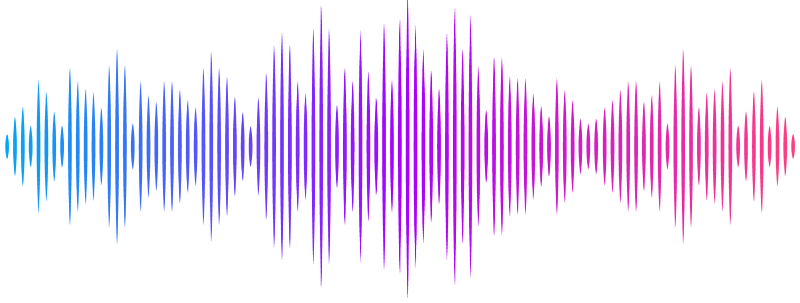Theta activity discriminates high-level, species-specific body processes

Theta activity discriminates high-level, species-specific body processes
Chesley, J.; Riecke, L.; Lu, J.; Vogels, R.; de Gelder, B.
AbstractAmong social stimuli that trigger rapid reactions, body images occupy a prominent place. Given that bodies carry information about other agents\' intentions, actions and emotional expressions, a foundational question concerns the neural basis of body processing. Previous fMRI studies have investigated this but were not yet able to clarify the time course and its functional significance. The present EEG study investigated the role of slow oscillatory cortical activity in body processing and species-specificity. Human participants viewed naturalistic images of human and monkey bodies, faces, and objects, along with mosaic-scrambled versions to control for low-level visual features. Analysis of event-related theta power (4 - 7 Hz) combined with data-driven methods revealed a strong, body-evoked neural response that is specific to human bodies and likely originates from a widespread cortical region during a time window of 150 - 550 ms after the onset of the body image. Our results corroborate recent research proposing a widespread, species-specific cortical network of human body processing. We submit that this network may play an essential role in linking body processes to movement intentions.